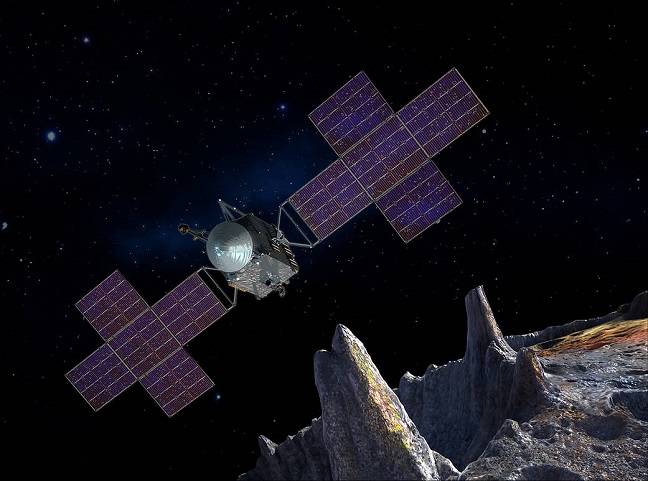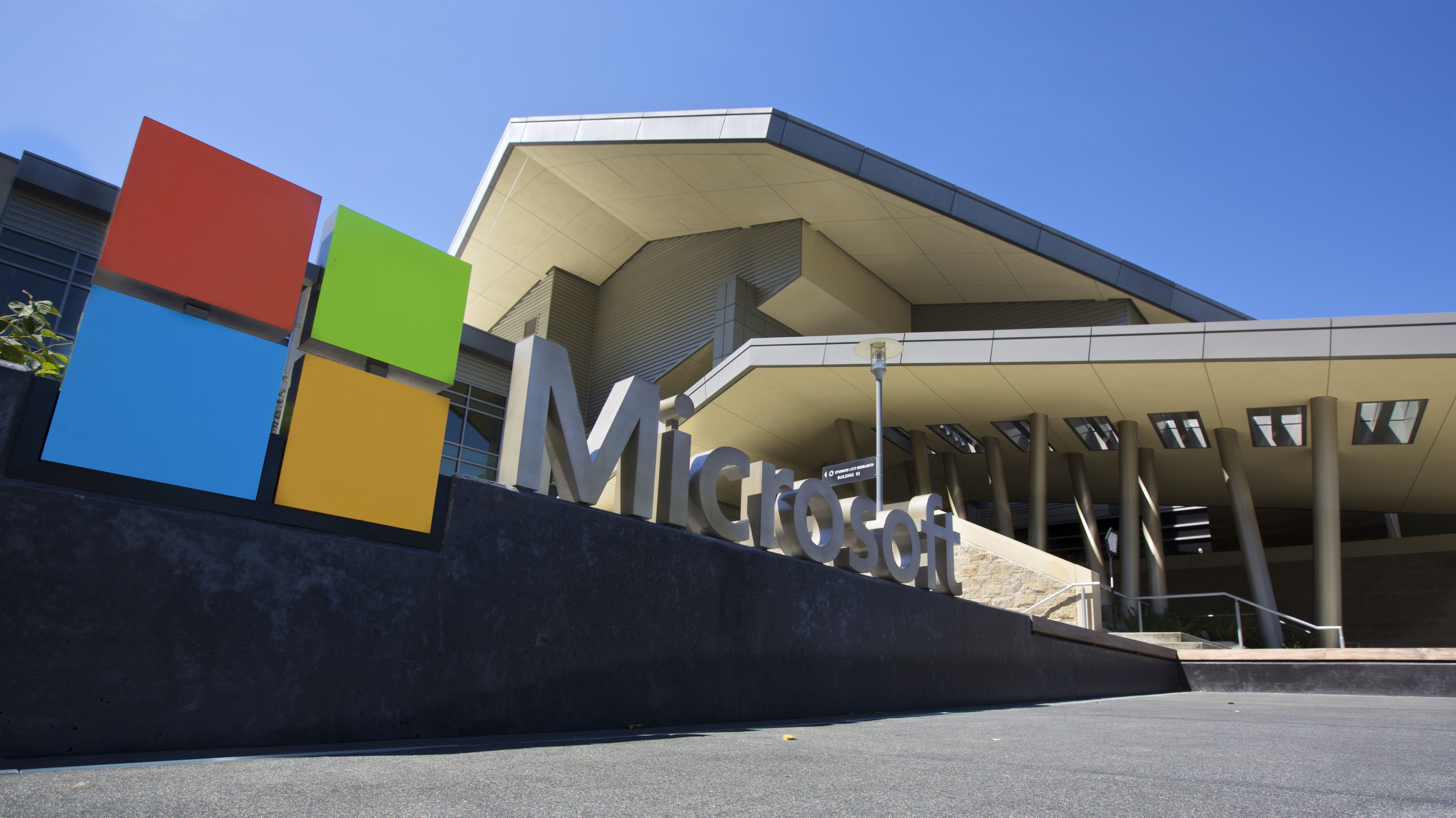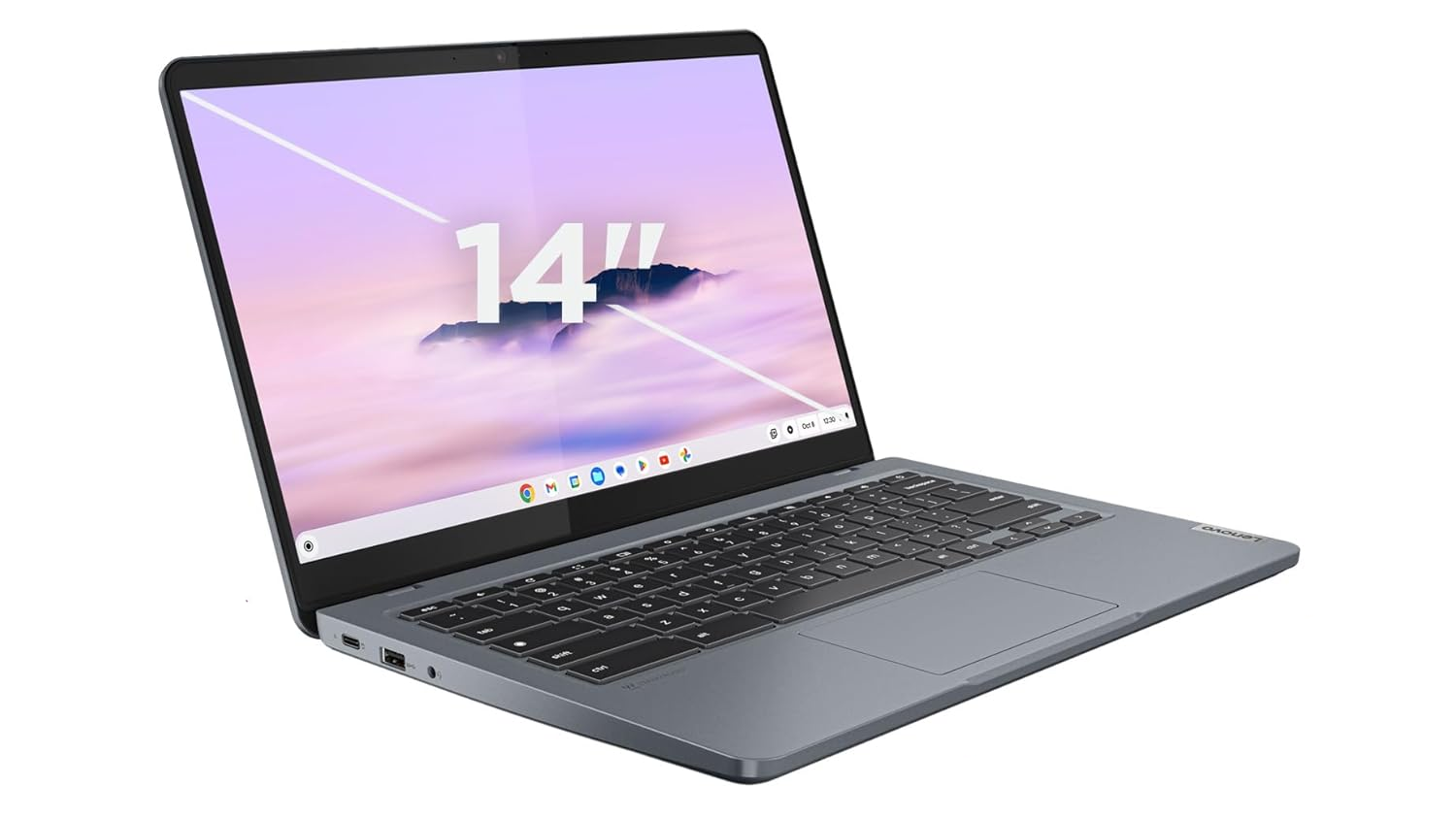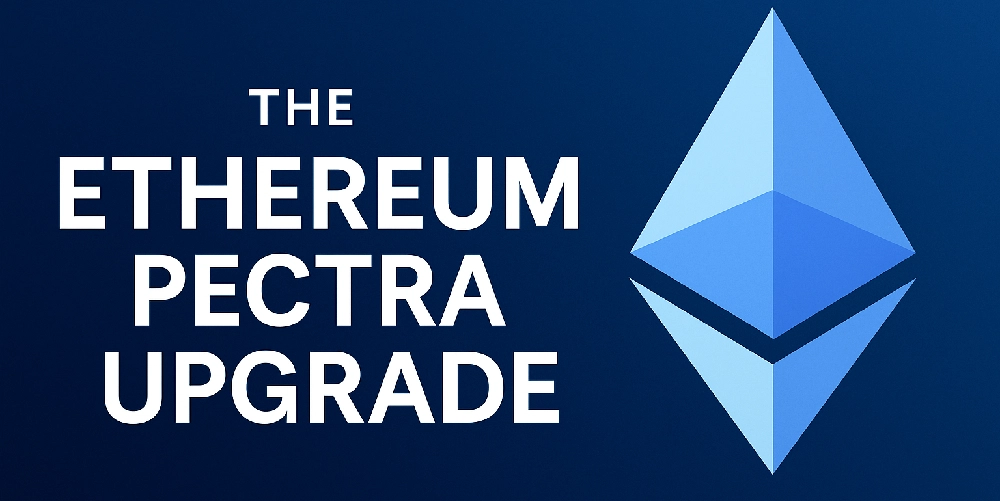Diving into the World of Initial DEX Offerings (IDOs) – A Comprehensive Overview
Abstract: This post delves into the rapidly evolving realm of Initial DEX Offerings (IDOs). We discuss the history, fundamentals, and mechanics behind IDOs, contrasting them with traditional fundraising models. With a deep dive into core concepts, real-world applications, challenges, and future trends, this guide is designed to help both developers and investors better understand the dynamic landscape of decentralized finance. Key concepts such as blockchain, smart contracts, and liquidity provisioning are explained with clear examples, tables, and bullet lists to enhance readability and provide actionable insights. Introduction In recent years, blockchain technology has revolutionized the way projects fundraise and interact with their communities. One such innovation is the Initial DEX Offering (IDO), a decentralized method for launching projects and distributing tokens directly on decentralized exchanges (DEXs). Unlike its predecessor – the Initial Coin Offering (ICO) – the IDO embodies the true spirit of decentralization by allowing projects to tap into global liquidity and engage with a community-driven ecosystem. This post explores the fine details of IDOs, from their technical underpinnings to their practical applications, challenges, and future prospects. Whether you are an investor curious about emerging blockchain trends or a developer interested in decentralized fundraising, this guide provides a comprehensive overview of the IDO landscape. Background and Context The Evolution of Fundraising in Blockchain Blockchain fundraising has evolved drastically over the last decade. Initially, projects relied on Initial Coin Offerings (ICOs) to raise capital. However, as the regulatory environment and market dynamics changed, the industry adapted, giving rise to more secure and efficient methods like Initial Exchange Offerings (IEOs) and, more recently, IDOs. Blockchain Fundamentals: To appreciate IDOs fully, one must understand the base technology. For an introductory overview about blockchain, check out What is Blockchain. Smart Contracts: These self-executing contracts talk directly to the blockchain to manage token sales in an automated, trustless manner. To learn more about the technology driving IDOs, visit Smart Contracts on Blockchain. What is an IDO? An IDO is a decentralized token offering where a project’s tokens are listed directly on a decentralized exchange (DEX). This method increases transparency by eliminating the middlemen found in traditional funding mechanisms while reducing associated costs and centralizing vulnerabilities. Projects quickly gain liquidity as tokens can be traded immediately after the offering, leading to a more dynamic token economy. In essence, an IDO represents the fusion of decentralized technology and community-governed finance, providing a robust alternative to legacy financing mechanisms. Core Concepts and Features How IDOs Work The process of conducting an IDO involves several essential steps: Preparation: The project team prepares detailed documentation including a whitepaper, technology roadmap, and smart contract audits. Token Listing: Tokens are listed on a decentralized exchange with predetermined liquidity pools. Liquidity Provision: Investors deposit cryptocurrency (often stablecoins or major tokens), which creates liquidity that drives immediate pair trading and price discovery. Post-Launch Trading: Once the IDO is live, trading begins. Both project teams and investors benefit from real-time market dynamics. Below is a comparative table highlighting key differences between ICOs and IDOs: Feature ICO IDO Fundraising Medium Centralized platforms Decentralized exchanges (DEXs) Liquidity Post-offering liquidity injection Immediate liquidity through pools Risk of Fraud Higher (due to minimal vetting) Lower (community scrutiny and audits) Process Speed Often lengthy due to regulatory delays Faster due to decentralized structure Cost Efficiency Typically higher due to intermediaries Lower, thanks to minimal intermediaries Benefits of IDOs IDOs offer several key advantages for both projects and investors: Decentralization: Aligns with the core principles of blockchain, enabling open and unrestricted markets. Immediate Liquidity: Trading commences immediately, which enhances market operations. Reduced Costs: Minimal intermediaries mean less overhead and lower operational costs. Enhanced Community Engagement: Investors often play an active role in governing the project, enabling true community ownership. For further insights into sustainable funding models and the tokenization of open source, refer to Sustainability of Open Source through Tokenization. Additional Technical and Community Considerations While the technical aspects of IDOs are essential, understanding the community and investor dynamics is equally importan
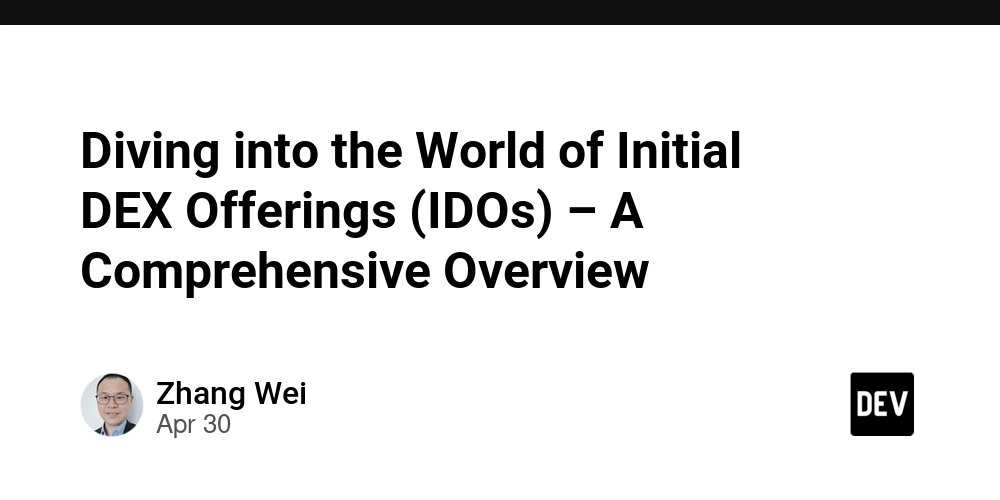
Abstract:
This post delves into the rapidly evolving realm of Initial DEX Offerings (IDOs). We discuss the history, fundamentals, and mechanics behind IDOs, contrasting them with traditional fundraising models. With a deep dive into core concepts, real-world applications, challenges, and future trends, this guide is designed to help both developers and investors better understand the dynamic landscape of decentralized finance. Key concepts such as blockchain, smart contracts, and liquidity provisioning are explained with clear examples, tables, and bullet lists to enhance readability and provide actionable insights.
Introduction
In recent years, blockchain technology has revolutionized the way projects fundraise and interact with their communities. One such innovation is the Initial DEX Offering (IDO), a decentralized method for launching projects and distributing tokens directly on decentralized exchanges (DEXs). Unlike its predecessor – the Initial Coin Offering (ICO) – the IDO embodies the true spirit of decentralization by allowing projects to tap into global liquidity and engage with a community-driven ecosystem.
This post explores the fine details of IDOs, from their technical underpinnings to their practical applications, challenges, and future prospects. Whether you are an investor curious about emerging blockchain trends or a developer interested in decentralized fundraising, this guide provides a comprehensive overview of the IDO landscape.
Background and Context
The Evolution of Fundraising in Blockchain
Blockchain fundraising has evolved drastically over the last decade. Initially, projects relied on Initial Coin Offerings (ICOs) to raise capital. However, as the regulatory environment and market dynamics changed, the industry adapted, giving rise to more secure and efficient methods like Initial Exchange Offerings (IEOs) and, more recently, IDOs.
- Blockchain Fundamentals: To appreciate IDOs fully, one must understand the base technology. For an introductory overview about blockchain, check out What is Blockchain.
- Smart Contracts: These self-executing contracts talk directly to the blockchain to manage token sales in an automated, trustless manner. To learn more about the technology driving IDOs, visit Smart Contracts on Blockchain.
What is an IDO?
An IDO is a decentralized token offering where a project’s tokens are listed directly on a decentralized exchange (DEX). This method increases transparency by eliminating the middlemen found in traditional funding mechanisms while reducing associated costs and centralizing vulnerabilities. Projects quickly gain liquidity as tokens can be traded immediately after the offering, leading to a more dynamic token economy.
In essence, an IDO represents the fusion of decentralized technology and community-governed finance, providing a robust alternative to legacy financing mechanisms.
Core Concepts and Features
How IDOs Work
The process of conducting an IDO involves several essential steps:
- Preparation: The project team prepares detailed documentation including a whitepaper, technology roadmap, and smart contract audits.
- Token Listing: Tokens are listed on a decentralized exchange with predetermined liquidity pools.
- Liquidity Provision: Investors deposit cryptocurrency (often stablecoins or major tokens), which creates liquidity that drives immediate pair trading and price discovery.
- Post-Launch Trading: Once the IDO is live, trading begins. Both project teams and investors benefit from real-time market dynamics.
Below is a comparative table highlighting key differences between ICOs and IDOs:
| Feature | ICO | IDO |
|---|---|---|
| Fundraising Medium | Centralized platforms | Decentralized exchanges (DEXs) |
| Liquidity | Post-offering liquidity injection | Immediate liquidity through pools |
| Risk of Fraud | Higher (due to minimal vetting) | Lower (community scrutiny and audits) |
| Process Speed | Often lengthy due to regulatory delays | Faster due to decentralized structure |
| Cost Efficiency | Typically higher due to intermediaries | Lower, thanks to minimal intermediaries |
Benefits of IDOs
IDOs offer several key advantages for both projects and investors:
- Decentralization: Aligns with the core principles of blockchain, enabling open and unrestricted markets.
- Immediate Liquidity: Trading commences immediately, which enhances market operations.
- Reduced Costs: Minimal intermediaries mean less overhead and lower operational costs.
- Enhanced Community Engagement: Investors often play an active role in governing the project, enabling true community ownership.
For further insights into sustainable funding models and the tokenization of open source, refer to Sustainability of Open Source through Tokenization.
Additional Technical and Community Considerations
While the technical aspects of IDOs are essential, understanding the community and investor dynamics is equally important. Prior to participation, consider:
- Verifying smart contract audits to ensure security.
- Reading the project’s whitepaper thoroughly.
- Engaging with communities on platforms such as GitHub and forums.
For enhanced due diligence on risk management practices, consult Risk Management Strategies.
Applications and Use Cases
Practical Examples of IDOs in Action
- Decentralized Finance Projects: Many DeFi platforms rely on IDOs to generate initial capital rapidly. For example, projects in the lending, synthetic asset, and yield farming sectors have effectively used IDOs to jumpstart community adoption and liquidity.
- Gaming and NFT Platforms: The rapid rise of blockchain gaming and non-fungible tokens (NFTs) has also seen many ventures leverage IDOs. By tapping into enthusiastic gaming communities, projects can crowdsource both funding and market validation.
- Infrastructure and Cross-Chain Projects: With blockchain interoperability gaining traction, cross-chain IDOs are emerging. These initiatives aim to enhance compatibility between various blockchain networks, driving innovation in decentralized ecosystems.
Real-World Use Cases
- Decentralized Exchanges (DEXs): When a DEX launches a new trading pair, an IDO provides an efficient model to introduce the token into active trading.
- Cross-Chain Liquidity Solutions: Innovations in interoperability help projects bridge various blockchains, ensuring that liquidity is spread across multiple networks.
Additional Insights via External Resources
To further explore practical applications and developer perspectives in decentralized finance and open-source, check out the following Dev.to posts:
- Navigating the GitHub Sponsors Payout Process
- Arbitrum’s Innovative Open Source Licensing: Bridging Blockchain Scalability & Open Source
- Unlocking the Potential of GitHub Sponsors for Developers
Challenges and Limitations
Technical and Market-Driven Challenges
While IDOs present significant benefits, several challenges remain:
- Market Volatility: Cryptocurrencies are known for their price fluctuations. This volatility can introduce risks for projects and investors alike.
- Security Risks: Despite the advantages of smart contracts, vulnerabilities may be exploited by hackers. Without rigorous audits, IDOs may be compromised.
- Regulatory Uncertainties: As blockchain-based fundraising gains momentum, global regulatory frameworks are yet to catch up. This lack of a consistent legal framework can expose participants to unforeseen legal risks.
- Fraud and Scams: The accessibility of launching an IDO sometimes lowers the barrier for fraudulent projects. Without thorough vetting by investors, these projects might lead to significant losses.
Below is a bullet list summarizing the main challenges:
- Volatility Risk: Price swings can distort token valuations.
- Security Vulnerabilities: Smart contract bugs may lead to exploits.
- Regulatory Ambiguity: Inconsistent legal guidelines globally.
- Fraudulent Projects: Increased risk due to low entry barriers.
For a deeper dive into blockchain security and mitigation strategies, visit Blockchain Security.
Future Outlook and Innovations
Evolving Landscape of IDOs
The future of IDOs looks promising as the broader DeFi ecosystem matures. Here are several trends likely to shape the future:
- Institutional Adoption: Increased participation by institutional investors will bring additional scrutiny, stability, and liquidity into the IDO ecosystem.
- Cross-Chain IDOs: As the blockchain landscape becomes more interconnected, cross-chain IDOs will enable projects to access liquidity from multiple networks simultaneously.
- Enhanced Security Measures: Improved smart contract auditing practices and decentralized insurance models will help mitigate security risks.
- Greater Community Governance: Future models may incorporate advanced on-chain governance systems, strengthening community oversight and decision-making.
- Integration of AI and Blockchain: Advanced analytics and machine learning will play a larger role in token valuation, risk monitoring, and market prediction.
These trends not only reinforce the foundational benefits of IDOs but also pave the way for innovative fundraising models. For more insights on the evolving future of open-source and blockchain integration, explore The Future of Open Source with Blockchain Integration.
Innovations and Industry Collaborations
- Collaborative Ecosystems: Partnerships between blockchain developers, regulatory bodies, and established financial institutions will help create more robust and adaptable frameworks.
- Advanced Auditing Tools: Innovations in auditing and security protocols, empowered by blockchain analytics, could help ensure the integrity of IDOs.
- Decentralized Governance: Many projects are experimenting with decentralized autonomous organizations (DAOs) to manage community funds and oversee project developments effectively.
Summary
In summary, Initial DEX Offerings (IDOs) represent a pivotal evolution in blockchain fundraising, offering a decentralized, transparent, and efficient alternative to traditional financing methods. Through immediate liquidity, reduced costs, and enhanced community involvement, IDOs empower projects and investors alike. However, the dynamic nature of the crypto markets is not without its challenges, including volatility, security concerns, regulatory uncertainties, and the risk of fraudulent projects.
Developers and investors should conduct thorough due diligence, use reputable audit services, and engage with knowledgeable communities before participating. The promising future of IDOs is intertwined with improvements in cross-chain interoperability, advanced security protocols, and institutional involvement—setting the stage for the next wave of decentralized finance innovation.
Key Takeaways
- Decentralized Model: IDOs directly connect projects and investors without traditional intermediaries.
- Immediate Liquidity: Trading begins as soon as the tokens are listed on the DEX, allowing for rapid market dynamics.
- Risks and Rewards: While IDOs offer numerous advantages, thoughtful risk management is essential.
- Future Trends: Institutional adoption, cross-chain integration, and advanced security are poised to shape the future.
Final Thoughts
The emergence of IDOs marks a significant turning point in blockchain’s journey. As more projects embrace decentralized finance, IDOs are becoming a critical tool for funding innovations with far-reaching implications—from digital art and gaming to cross-chain financial infrastructures. By understanding the intricacies and challenges of IDOs, stakeholders can work together to harness their full potential and pave the way for more secure, accessible, and transparent financial ecosystems.
For additional industry insights, be sure to check out trusted platforms like CoinTelegraph and Coindesk.
Additional Resources and External Links
For readers eager to expand their knowledge on related topics, here’s a curated list of useful links and articles:
- What is Blockchain
- Smart Contracts on Blockchain
- Sustainability of Open Source through Tokenization
- Blockchain Security
- Risk Management Strategies
- The Future of Open Source with Blockchain Integration
- Navigating the GitHub Sponsors Payout Process
- Arbitrum’s Innovative Open Source Licensing
- Unlocking the Potential of GitHub Sponsors for Developers
Concluding Summary
Initial DEX Offerings (IDOs) are not just another fundraising mechanism—they represent a broader shift towards democratized finance and innovation in blockchain technology. By leveraging the power of decentralization, smart contracts, and immediate liquidity pools, IDOs offer projects a streamlined path to capital and community support while providing investors with the potential for significant rewards.
As the blockchain space continues to grow and evolve, it is crucial for all participants to remain well-informed. Whether you are a developer, investor, or simply an enthusiast, grasping the nuances of IDOs will be a key part of navigating the future of decentralized finance.
Embrace the future of fundraising with IDOs—where decentralization meets innovation, and every token sale is a step closer to a more inclusive financial ecosystem.
This post has explored the multifaceted world of IDOs in over 1400 words, providing insights supported by reliable sources, technical analysis, and clear examples. By understanding the benefits, challenges, and future trends, stakeholders can better navigate this dynamic landscape and contribute to the evolution of decentralized finance.





































































































































































![[The AI Show Episode 145]: OpenAI Releases o3 and o4-mini, AI Is Causing “Quiet Layoffs,” Executive Order on Youth AI Education & GPT-4o’s Controversial Update](https://www.marketingaiinstitute.com/hubfs/ep%20145%20cover.png)














































































































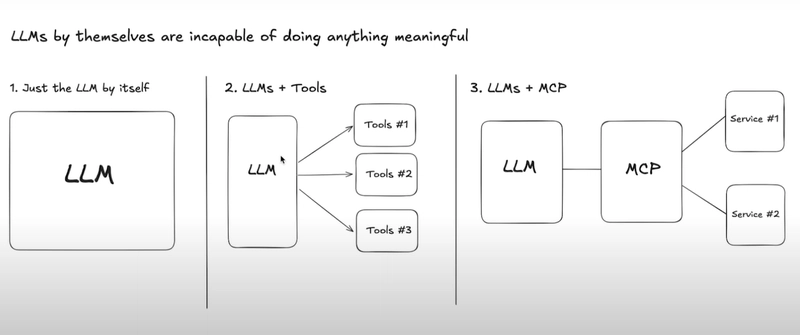
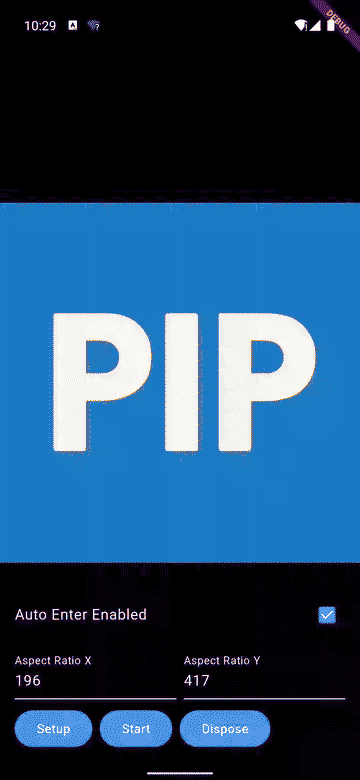













![[DEALS] Mail Backup X Individual Edition: Lifetime Subscription (72% off) & Other Deals Up To 98% Off – Offers End Soon!](https://www.javacodegeeks.com/wp-content/uploads/2012/12/jcg-logo.jpg)











































































































































_Andreas_Prott_Alamy.jpg?width=1280&auto=webp&quality=80&disable=upscale#)
























































































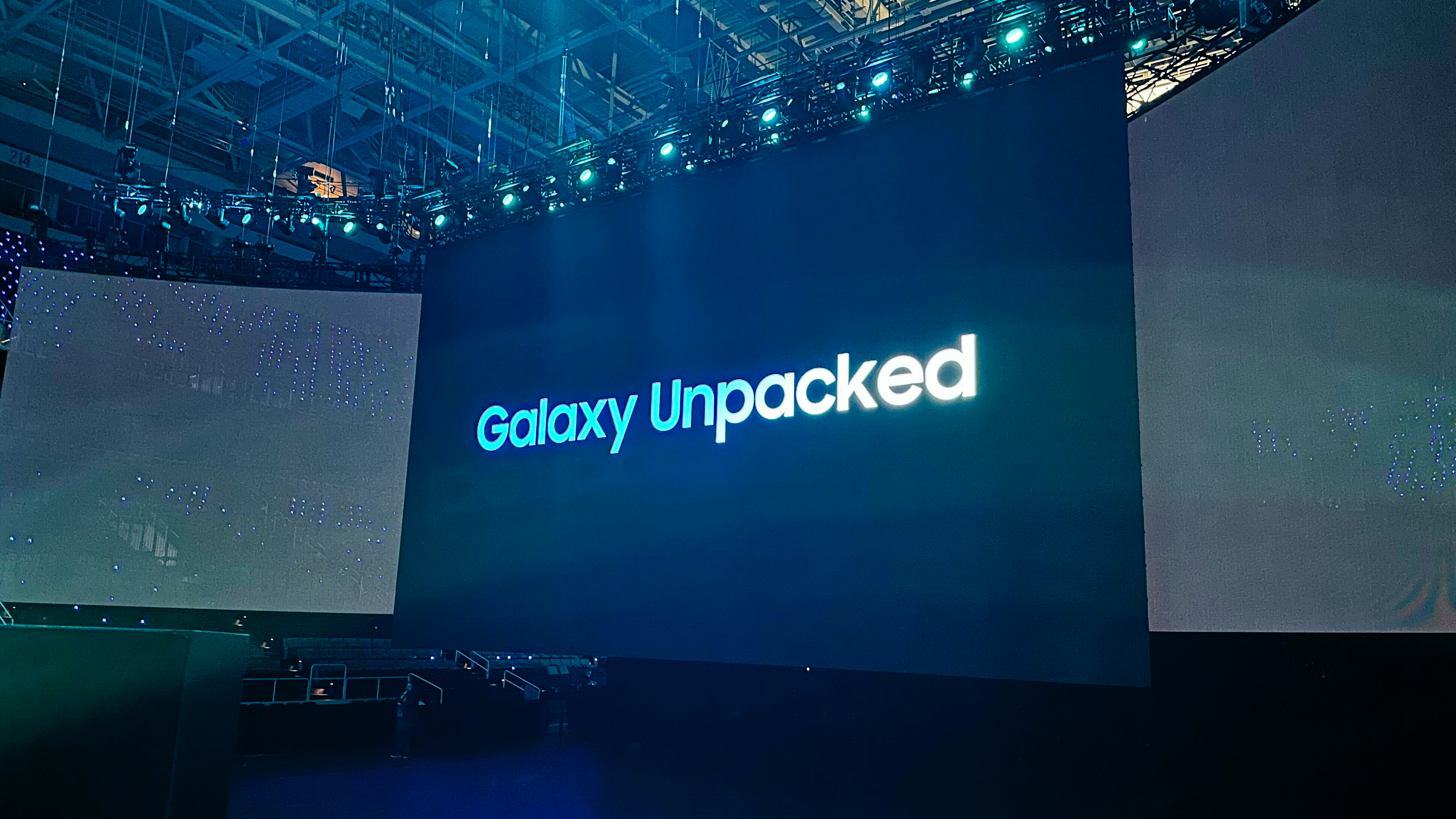







![Severance-inspired keyboard could cost up to $699 – have your say [Video]](https://i0.wp.com/9to5mac.com/wp-content/uploads/sites/6/2025/05/Severance-inspired-keyboard-could-cost-up-to-699-%E2%80%93-have-your-say-Video.jpg?resize=1200%2C628&quality=82&strip=all&ssl=1)




![Google Home app fixes bug that repeatedly asked to ‘Set up Nest Cam features’ for Nest Hub Max [U]](https://i0.wp.com/9to5google.com/wp-content/uploads/sites/4/2022/08/youtube-premium-music-nest-hub-max.jpg?resize=1200%2C628&quality=82&strip=all&ssl=1)








